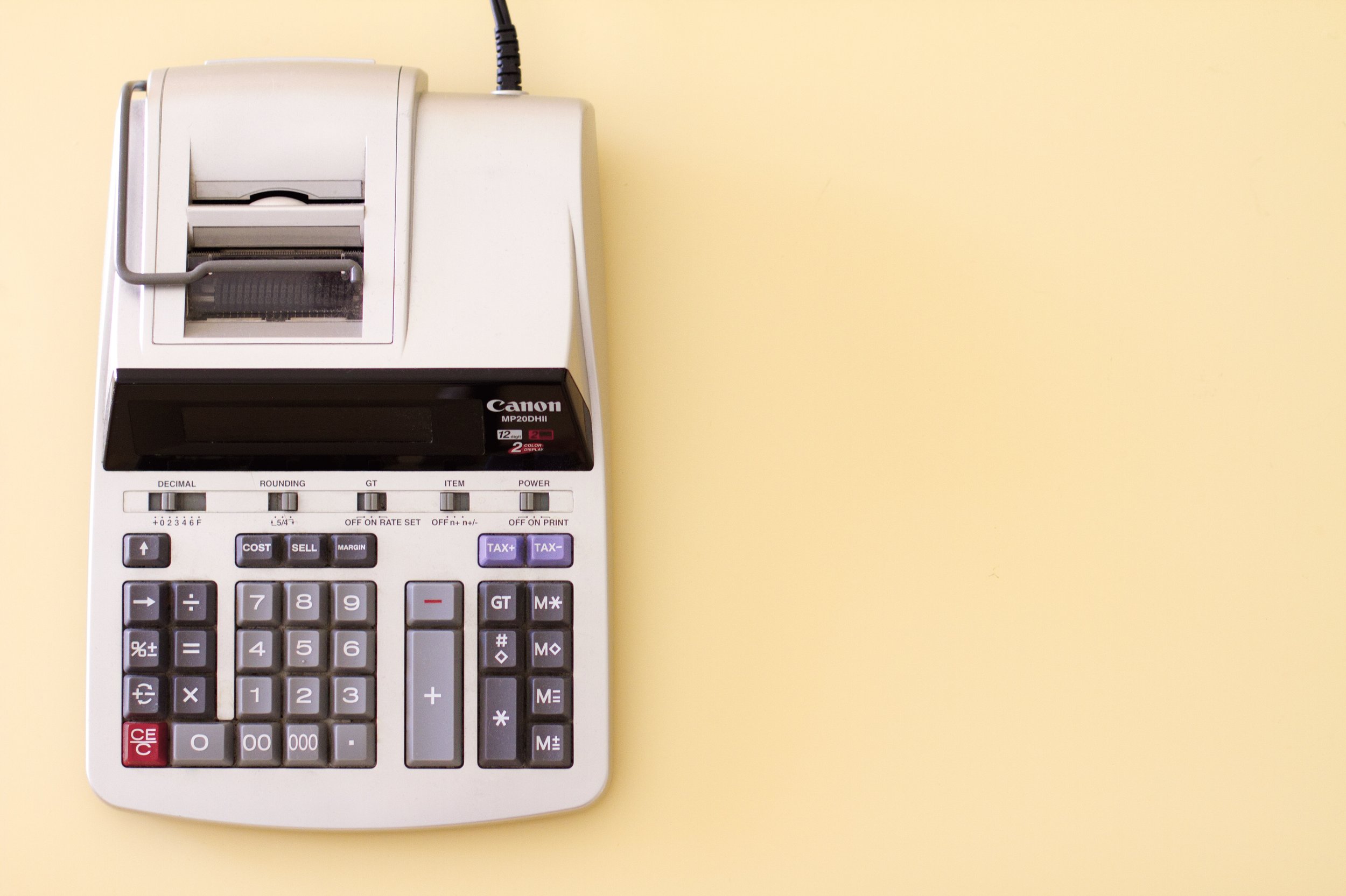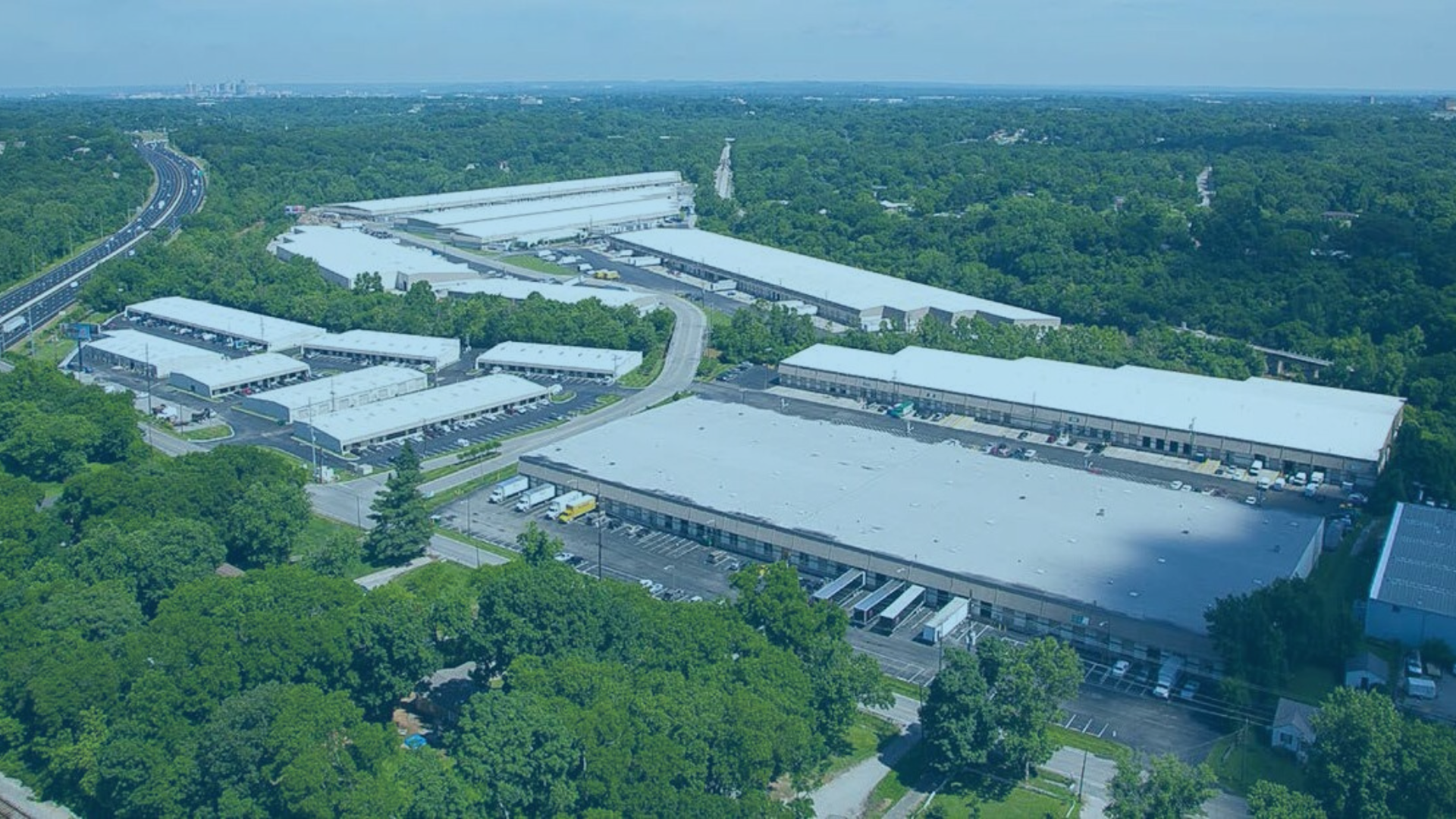How to Invest in Multifamily Real Estate
The 3 Best Strategies
Multifamily properties are a favorite for commercial real estate investors.
This property type offers residential housing, which is often seen as a more stable investment - even during market downturns.
And, it’s familiar.
The first step into the world of commercial real estate for most residential investors is through a multi-tenant residential property like apartments.
The 3 Best Investment Strategies
Here are the 3 best investment strategies you can use to invest in multifamily real estate:
Each strategy has a different risk profile and level of involvement from the investor.
Before embarking on your investment journey, it’s important that you choose the strategy that’s right for you.
1. Value-Add (BRRRR)
Value-add is often referred to as the BRRRR strategy.
BRRRR stands for:
Buy
Rehab
Rent
Refinance
Repeat
This strategy seems to be the most common among investors and it can be done on just about any project.
Buy
First, you have to find a value-add property.
Not every multi-tenant project will need cosmetic updates, although that is one of the more common methods for value-add.
You can also bring additional value to a project through:
Better marketing and leasing strategies
More well-tuned operations
Creative debt structures
And more
However, you have a better chance of finding a strong deal in properties that will need a significant amount of rehab and renovation.
Physical / Operational Rehab
Once you’ve closed on your investment using the BRRRR strategy, it’s time to begin your rehab.
These renovations could be as simple as repainting the exterior and sprucing up your landscaping, or as intense as fully gutting and rebuilding entire units.
You’re looking to achieve higher rental rates because of these renovations.
So, other than the absolute necessities like roof and HVAC, only rehab aspects of the property that tenants will find valuable and for which they’ll pay more.
If you’re taking a more operational value-add approach, be sure to hire the right property management company and create systems to cut costs where you can while still providing a quality product.
Rent
Having the right leasing and management team is crucial here.
While you’re certainly looking to maximize the value of the property, I feel it’s better to get good rents fast than to get great rents slow.
Everyone certainly has their own preference, though.
My thought process on taking “good” rents is that it will allow the project to lease up faster and more aggressively, which gets you to the refinance faster.
However, if you have the best leasing team around, they may be able to achieve your timeline with “great” rents.
When we buy right, we can rehab and offer our product at below market rates, which puts us above and beyond our competition.
You can always raise rents after stabilization.
Refinance
Once you’ve stabilized your asset (typically around 85% to 90% occupancy), it’s time to refinance your commercial loan.
You’ve added a significant amount of value by increasing your net operating income:
You made the property more attractive by rehabbing it
You raised rents for incoming tenants
You’ve lowered your operating costs
Not only have you raised the NOI, but you will likely benefit from a lower cap rate since you’ve improved the operational and aesthetic quality of the building.
You may be able to pull out 100% or more of your original capital investment while still cash flowing the property.
Repeat
The final step - repeat!
Grow your commercial real estate investment portfolio.
After all, if you’re able to pull out all or most of your initial cash, you should have an easy time snowballing your momentum.
2. Opportunistic
Opportunistic real estate investing is on the high end of the risk profile.
It’s also on the high end of potential returns, if executed correctly.
These projects are similar to value-add, where the investors will have to be rather hands-on, but cash flow may or may not be of concern.
Why?
Because the opportunistic upside of these deals usually comes from the sale or refinance of the investment once it’s completed.
Opportunistic deals can be:
Heavy value-add
Land assemblage
Land banking
Land development
Heavy Value-Add
I know what you’re thinking - we just covered value-add.
But the opportunistic side of this is the heavy part, meaning a significant amount of renovations or lease-up must take place.
These properties are typically older, likely require an immense amount of cosmetic and structural updates, and could be completely vacant.
Depending on the size and condition of the structure, this process could take 18 to 24+ months from start to finish.
Land Assemblage
Land assemblage is the assembly of multiple parcels of land into one.
Once these parcels are assembled, they are often more valuable to developers since they may now execute large-scale projects.
Assemblages can take years, if not decades.
Many investors that take this path will shroud their strategy in secrecy by employing multiple brokers and attorneys to help acquire the parcels.
They will also utilize different entities so that no one knows who the true owner is.
If one of the owners decides to hold out and refuses to sell or the path of development doesn’t move your way, you may be unsuccessful.
Land Banking
Instead of placing capital into a bank account, these investors will purchase tracts of land.
These parcels, which are hopefully in the path of development, will increase in value over time as everything around it is developed or improved.
At least, that’s the hope.
Land banking can be risky because there is little to no income flowing on the property and there’s certainly a chance that development heads in the opposite direction or stops altogether.
Land bankers will then sell the land at the higher value to end-users or developers.
Land Development
Land development is the re-envisioning of a property, either previously developed or completely untouched.
Developers are responsible for an immense amount of strategic planning, financing both the equity and debt, and the development, construction, and lease-up or sale of the project.
This strategy may just have the highest risk / reward of any commercial real estate investment strategy.
Once the project is completed, developers will either place long-term debt on the project and let it cash flow or sell it at a premium to large investment groups.
3. Core
The core investing strategy is quite the opposite of value-add and opportunistic.
Core investing is the acquisition of highly stable, low-risk assets.
Characteristics of core investments include:
Located within primary (major) markets
Fully leased assets
High-credit tenant base
Class A or trophy buildings
This strategy is often utilized by hedge funds, life insurance companies, and other investment groups that are looking for reliable cash flow and to preserve capital, rather than take risk on growth.
These assets will also trade for the lowest cap rates in their market.
Core Plus
Core plus investing is often referred to as a strategy separate from core, but it’s really just a variation of the method.
Core plus is essentially a hybrid of value-add and core, where investors will find a less risky investment with slight upside.
They may find the upside in:
Cosmetic improvements (exterior / interior paint, new flooring)
Utilizing internal property management
Hiring a better leasing team
And more
These projects trade at slightly higher cap rates than core, since they may have higher vacancy rates and are slightly higher risk.
However, these properties are still high-quality, relatively stable assets.
Stabilized Assets
Stabilized assets are properties that are fully occupied (or close to it) with little to no deferred maintenance.
Incoming investors simply need to keep operations flowing as they are in order to realize consistent cash flow and low vacancy rates.
Because they require little work for incoming ownership, stabilized assets will trade for low cap rates.
Many investment groups choose to skip over these properties since the returns are often low.
Trophy Assets
Trophy assets are the most well-known buildings in their markets.
These may be the latest addition to a city skyline, the tallest building in the city, or the largest development within the market.
They are often in the best locations, have high visibility, and easy access, which creates strong demand from potential tenants and higher rent rates.
Multifamily properties with trophy status are often held for long-term appreciation.
Final Thoughts on Multifamily Investing
So, there you have it for the 3 best multifamily investing strategies.
Your appetite for risk, how much work you’re willing to put in, and the market you’re investing in will certainly help determine which strategy is right for you.
Now that you know how to invest in multifamily, get out there and find your next asset!
Share This Article:
About The Author:
Tyler Cauble, Founder & President of The Cauble Group, is a commercial real estate broker and investor based in East Nashville. He’s the best selling author of Open for Business: The Insider’s Guide to Leasing Commercial Real Estate and has focused his career on serving commercial real estate investors as a board member for the Real Estate Investors of Nashville.














If you're serious about real estate investing, it's time to look beyond those quaint single-family homes.
Bold statement? Absolutely. But stick with me here.
Now, don't get me wrong. Investing in a single-family home beats twiddling your thumbs on the sidelines of the real estate game. And yes, I'll even go out on a limb and say that residential real estate still outshines many other investment vehicles out there.
But that's not why we're here today, is it?
I'm about to lay out five reasons why commercial real estate should be your go-to play.